Understanding Spinal Stenosis: Causes, Symptoms, and Effective Exercises for Relief
Spinal stenosis is a common but often misunderstood condition that affects many people, particularly as they age. It occurs when the spinal canal, which houses the spinal cord and nerve roots, becomes narrowed. This narrowing places pressure on the nerves or spinal cord, leading to various symptoms, ranging from mild discomfort to more severe, debilitating conditions. In this article, we'll explore what spinal stenosis is, its symptoms, and how certain exercises and lifestyle adjustments can help manage the condition.
What is Spinal Stenosis?
Spinal stenosis refers to the narrowing of the spaces within the spine, most commonly in the cervical (neck), thoracic (mid-back), or lumbar (lower back) regions. The narrowing can occur due to various factors, such as age-related degeneration of the spine, bone spurs, thickened ligaments, or herniated discs. As the space within the spinal canal decreases, pressure is exerted on the spinal cord or nerve roots, leading to the characteristic symptoms of spinal stenosis.

While spinal stenosis can affect anyone, it is more prevalent in older adults due to the natural aging process. Over time, the discs between the vertebrae lose water content and become less flexible, leading to a greater likelihood of disc herniation or bulging, which can contribute to spinal narrowing.
Symptoms of Spinal Stenosis
The symptoms of spinal stenosis vary depending on the location of the narrowing and the severity of the pressure on the nerves.
Common symptoms include:
Low back pain or neck pain : Depending on the affected region, individuals may experience pain in the lower back (lumbar stenosis) or neck (cervical stenosis).
Buttock and leg pain : People with lumbar stenosis often experience pain in their buttocks or legs, which may worsen with walking or standing for long periods.
Arm or hand pain : In cervical stenosis, the narrowing affects the nerves that control the arms and hands, causing pain, tingling, or weakness.
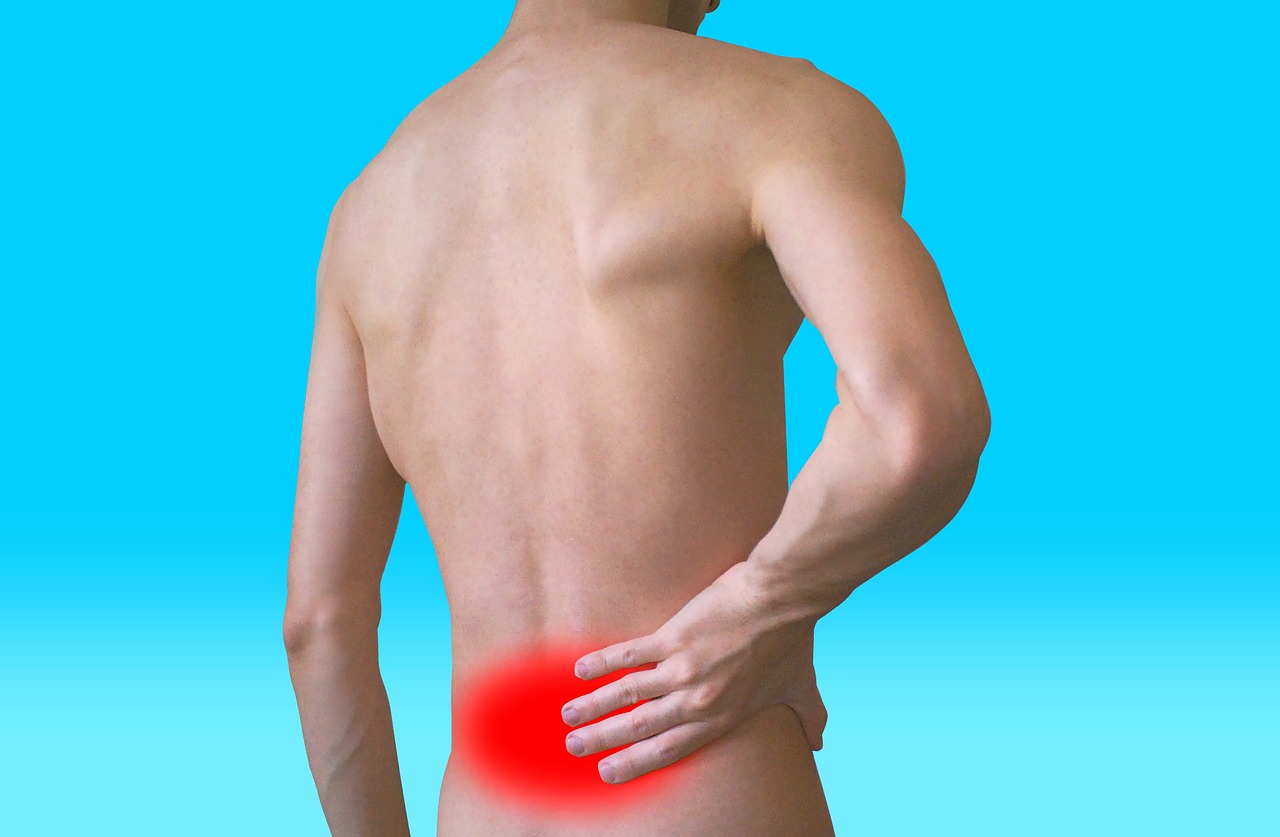
Numbness or weakness : Numbness, weakness, or a "heavy leg" feeling, especially upon waking, is a common complaint.
Foot drop : Individuals with more severe stenosis may experience difficulty lifting their foot while walking, causing a foot drop.
Interestingly, the pain tends to improve when the person sits down or bends forward as this position helps open up the spinal canal and relieve pressure on the nerves. Conversely, standing straight up, walking (especially downhill), or engaging in activities that involve extension of the spine can exacerbate symptoms.
When Spinal Stenosis Becomes a Medical Emergency
Although most cases of spinal stenosis do not result in severe complications, it is essential to recognize the signs of a more serious condition known as Cauda Equina Syndrome. This is a rare but potentially life-threatening condition that occurs when there is significant pressure on the nerves at the base of the spinal cord.
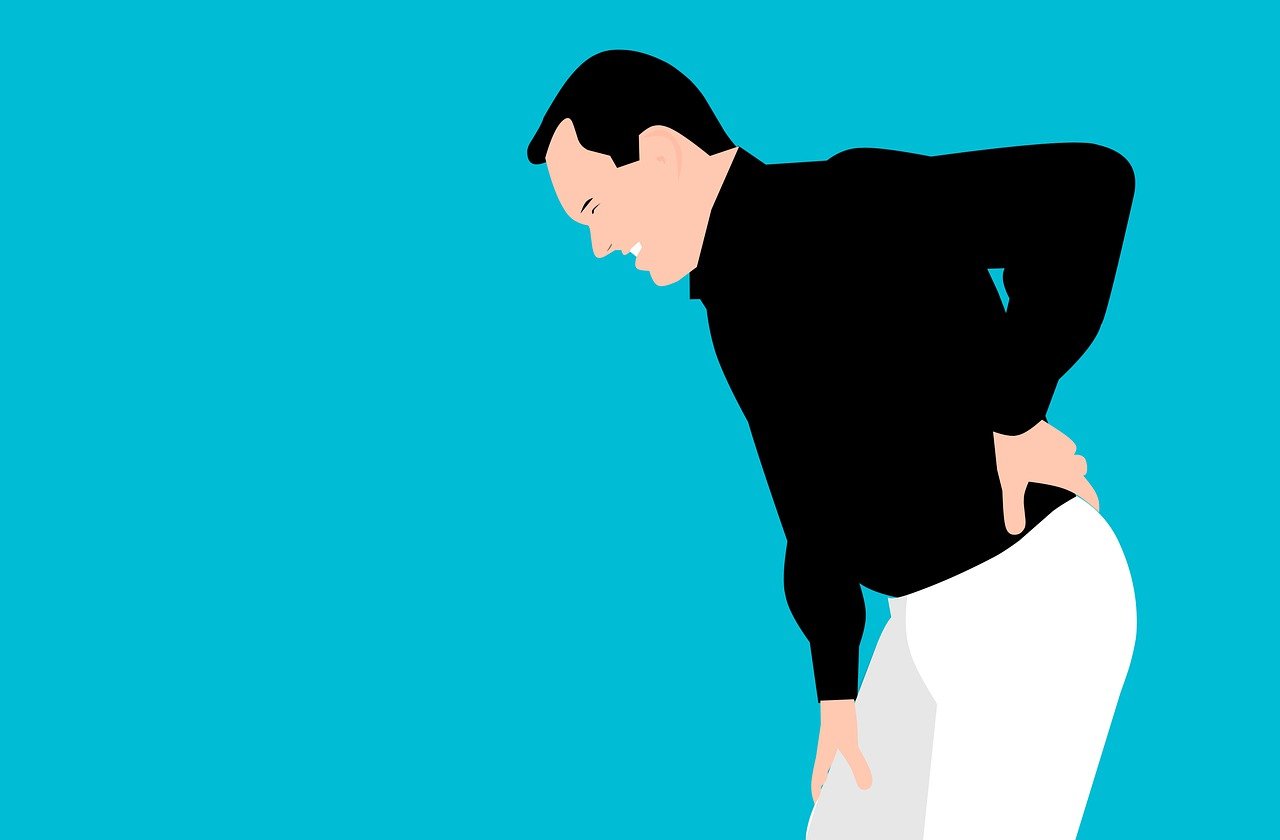
Symptoms include:
Severe foot drop or weakness in the legs.
Loss of bladder or bowel control , such as difficulty urinating or having bowel movements.
Numbness in the saddle region, which includes the inner thighs, groin, and buttocks.
If any of these symptoms occur, it is crucial to seek medical attention immediately, as untreated Cauda Equina Syndrome can result in permanent nerve damage.
Seeking Professional Help:
If you suspect that you have spinal stenosis, it is advisable to consult with a healthcare professional, such as an osteomyologist or chiropractor, for a thorough evaluation. These specialists can recommend diagnostic tests, such as X-rays or MRIs, to confirm the diagnosis and help design an appropriate treatment plan.
Exercises for Spinal Stenosis Relief:
Exercise plays a crucial role in managing spinal stenosis. While surgery may be required for severe cases, many individuals find relief through non-invasive methods like physical therapy and targeted exercises.
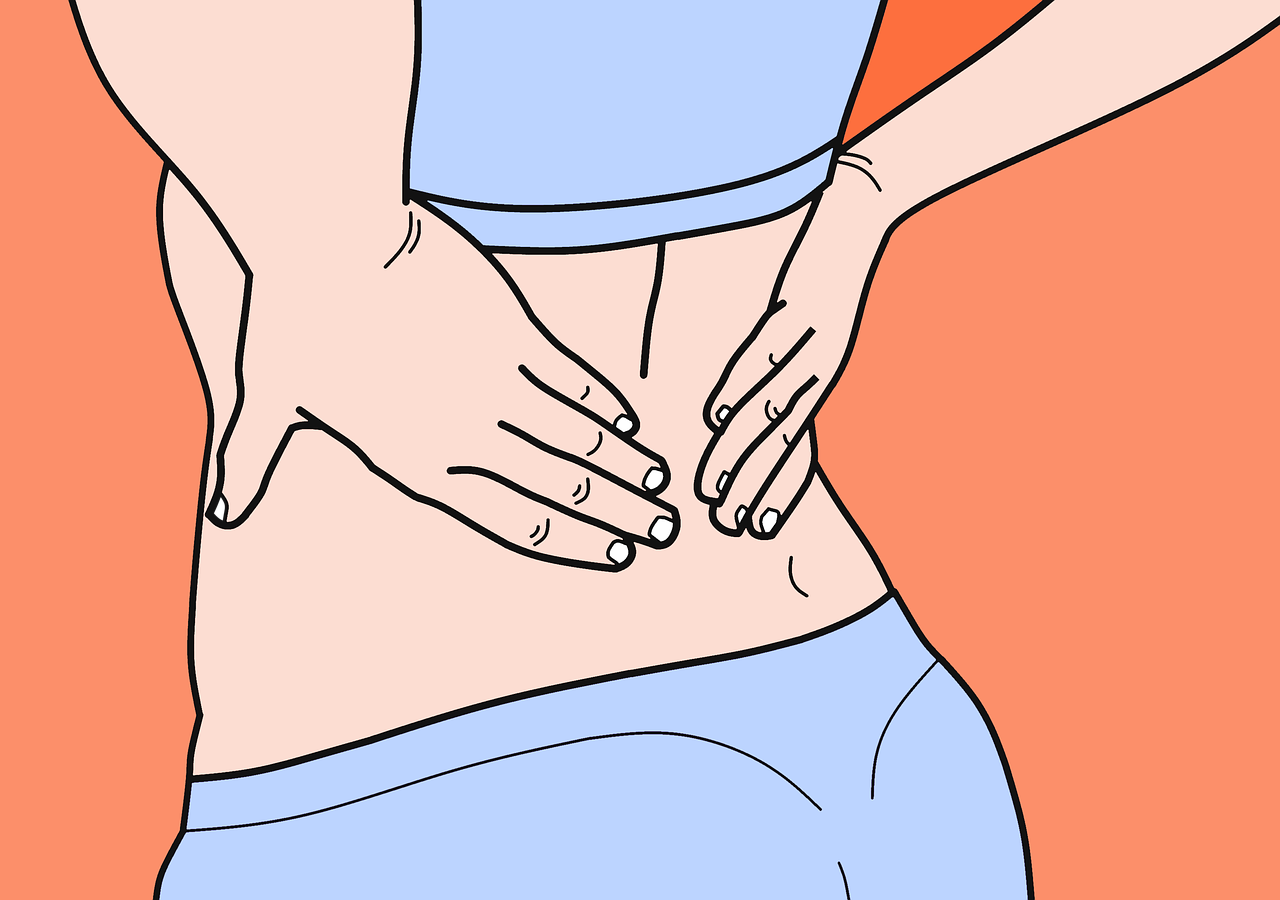
The goal of these exercises is to strengthen the muscles surrounding the spine, improve flexibility, and reduce pressure on the nerves.
Stabilization Exercises
1. Z-Lie Position : This is a gentle exercise aimed at improving spinal alignment and reducing tension in the lower back. Lie on your back with your legs bent and feet flat on the floor. Maintain a neutral spine position and hold for 20-30 seconds, repeating as needed.
2. William Flexion : This exercise involves flexing the spine by lying on your back and bringing your knees toward your chest. It helps open up the spaces in the lumbar spine and relieve pressure on the nerve roots.
3. Prayer Stretch : Start on your hands and knees, and slowly move your hips back toward your heels while stretching your arms forward. This position helps stretch the back and relieve tension in the spine.
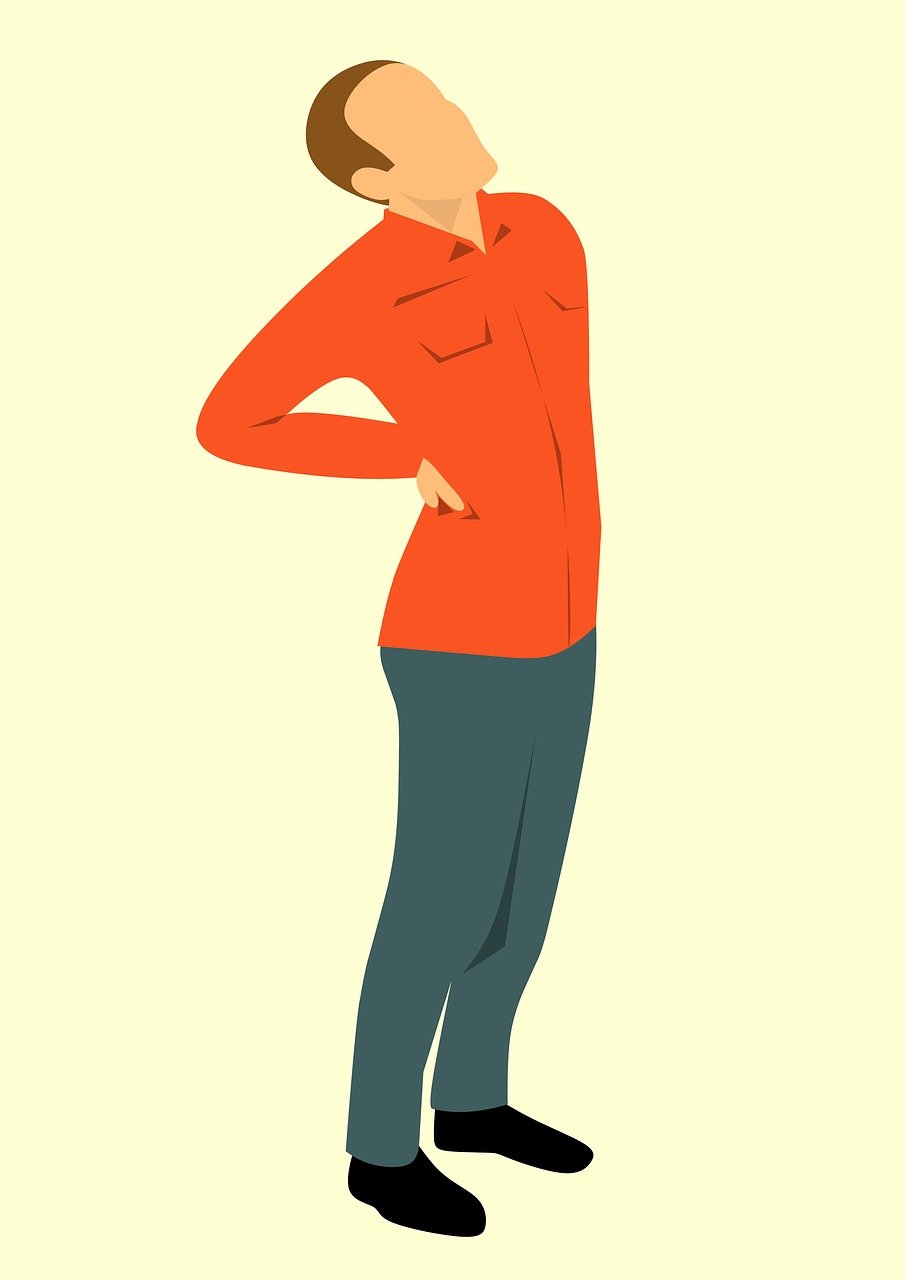
4. Sitting Flexion Position : Sit in a chair and gently lean forward, allowing your spine to flex. This can help relieve pressure on the spinal cord and ease discomfort associated with stenosis.
Strengthening Exercises:
Perform these exercises three times a week for at least a month to notice significant improvements in your condition:
1. Stationary Bike or Chair Cycle : Low-impact cardiovascular exercises, such as cycling, can help improve endurance and strengthen the legs without putting excessive strain on the spine.
2. Cow-Cat Stretch : This yoga-inspired stretch alternates between arching and rounding the back while on hands and knees. It helps improve spinal flexibility and relieves stiffness.
3. Push-Ups : This upper body exercise helps strengthen the core and back muscles, providing better support for the spine.
4. Dead Bug : Lying on your back, extend opposite arm and leg while keeping the lower back pressed into the floor.

This exercise strengthens the core and stabilizes the spine.
5. Bridge : Lying on your back with knees bent, lift your hips off the floor, engaging the glutes and lower back muscles. This exercise helps strengthen the muscles supporting the lower back.
6. Pelvic Tilt : This exercise involves tilting the pelvis while lying on your back, helping to improve spinal alignment and reduce discomfort in the lower back.
7. Hip Clam Exercise : Lying on your side, raise your top knee while keeping your feet together. This exercise strengthens the hip abductors, which are essential for stabilizing the pelvis and spine.
Lifestyle Adjustments:
In addition to exercises, it’s essential to adopt certain lifestyle changes to avoid aggravating spinal stenosis symptoms:
Avoid bending forward : This motion can further compress the spinal nerves, exacerbating pain.
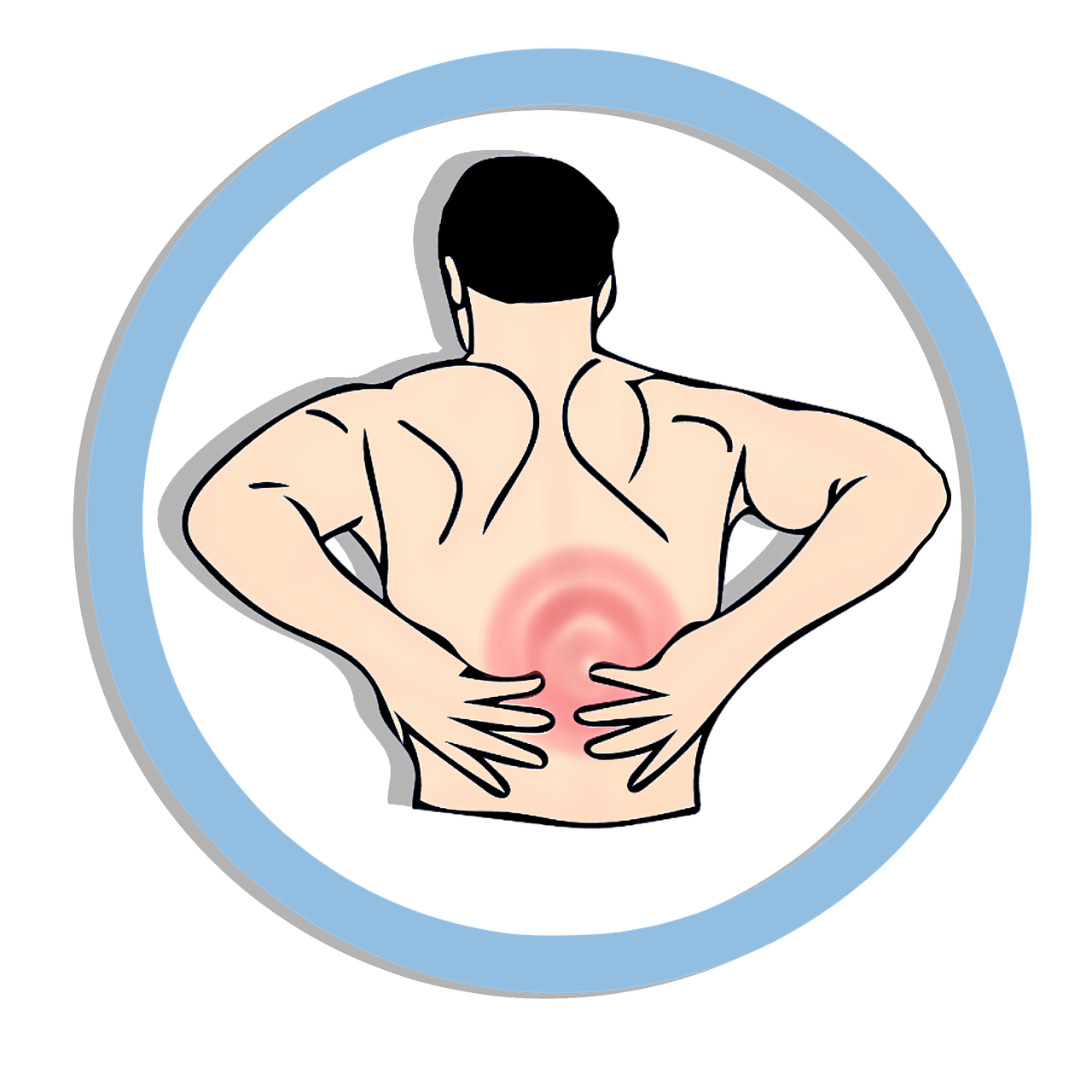
Refrain from sitting in a reclining chair: These chairs can encourage poor posture, putting extra strain on the spine.
Use a lumbar pillow : While it may seem helpful, using a lumbar pillow in a chair can increase pressure on the lower back, which should be avoided.
Conclusion
Spinal stenosis is a condition that affects millions of people worldwide, but it doesn't have to control your life. By understanding the symptoms, seeking appropriate medical advice, and engaging in targeted exercises, you can manage and potentially alleviate the discomfort associated with spinal stenosis.
At Achieve Spinal Health , we can advise on the type of exercises and lifestyle changes to have you get pain relief, fast.
Contact us today on 020 7101 4503 or email: info@achievespinalhealth.co.uk to book a consultation with a Spinal Stenosis Chiropractor or Osteomyologist in Kingston.
Don’t delay—taking action now could prevent further pain and help you regain a pain-free lifestyle.
 Add Row
Add Row  Add
Add 

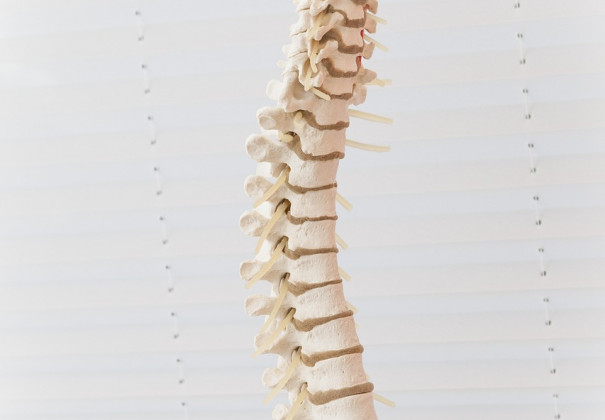
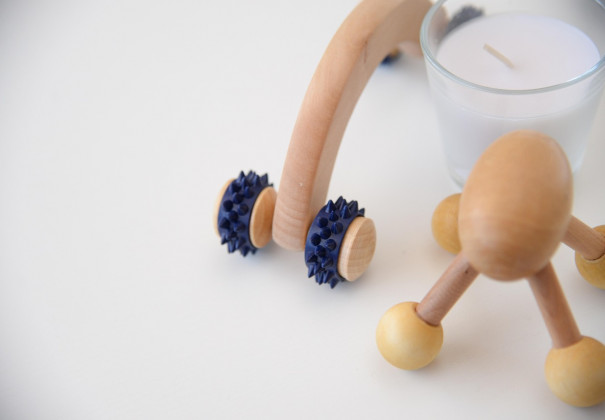

Write A Comment